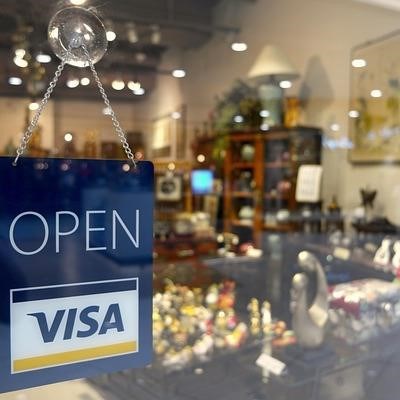
Let’s talk about the realities of non-verified-by-Visa (non-VBV) card transactions. As a seasoned professional in payment processing and online security, I’ve witnessed firsthand the vulnerabilities and risks associated with these transactions. Understanding these risks is crucial for both merchants and consumers;
Non-verified transactions, those lacking the extra layer of security provided by Verified by Visa or MasterCard SecureCode (both falling under the umbrella of 3D Secure), significantly increase the likelihood of unauthorized purchases. These transactions, often used in e-commerce transactions and card-not-present transactions, expose both parties to a higher risk of fraud prevention challenges.
In my experience, the absence of 3D Secure authentication dramatically increases the processing of fraudulent transactions. Without that extra verification step, criminals can easily use stolen or compromised credit card information for online payments. This leaves the merchant responsible for chargebacks and the consumer facing significant financial losses. Effective credit card security and transaction security are paramount, and non-VBV transactions often fall short.
Consider this: Merchant processing often involves higher fees and increased scrutiny for non-VBV transactions because of the inherent risk. This impacts profitability for businesses and underscores the importance of robust online shopping security measures. While convenient, the speed and simplicity of non-VBV transactions come at a cost – a considerably higher risk of fraud.
For consumers, navigating secure online payments requires awareness. Always opt for transactions that utilize 3D Secure whenever possible. Look for the Verified by Visa or MasterCard SecureCode logos at checkout. These are your safeguards against potential losses. For merchants, investing in robust fraud detection systems and educating staff on best practices for payment processing are essential to mitigating risk and ensuring online payments are secure.
